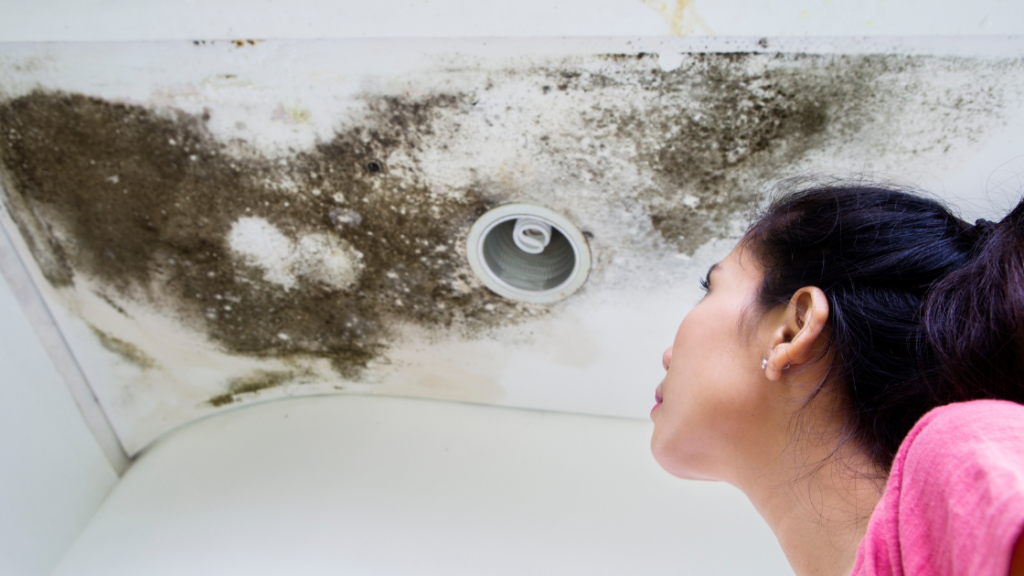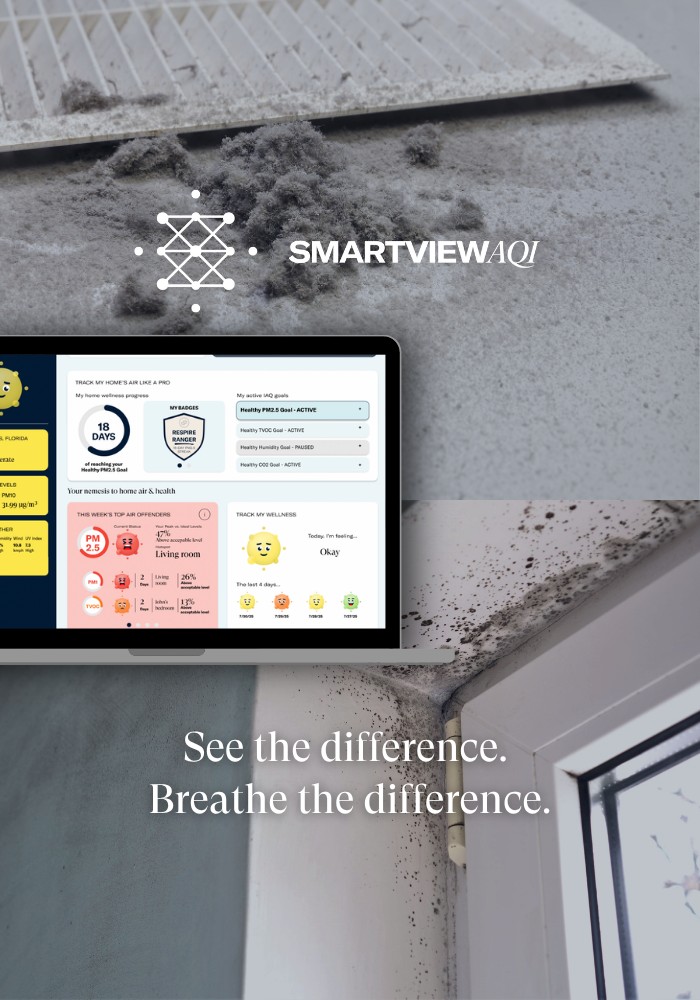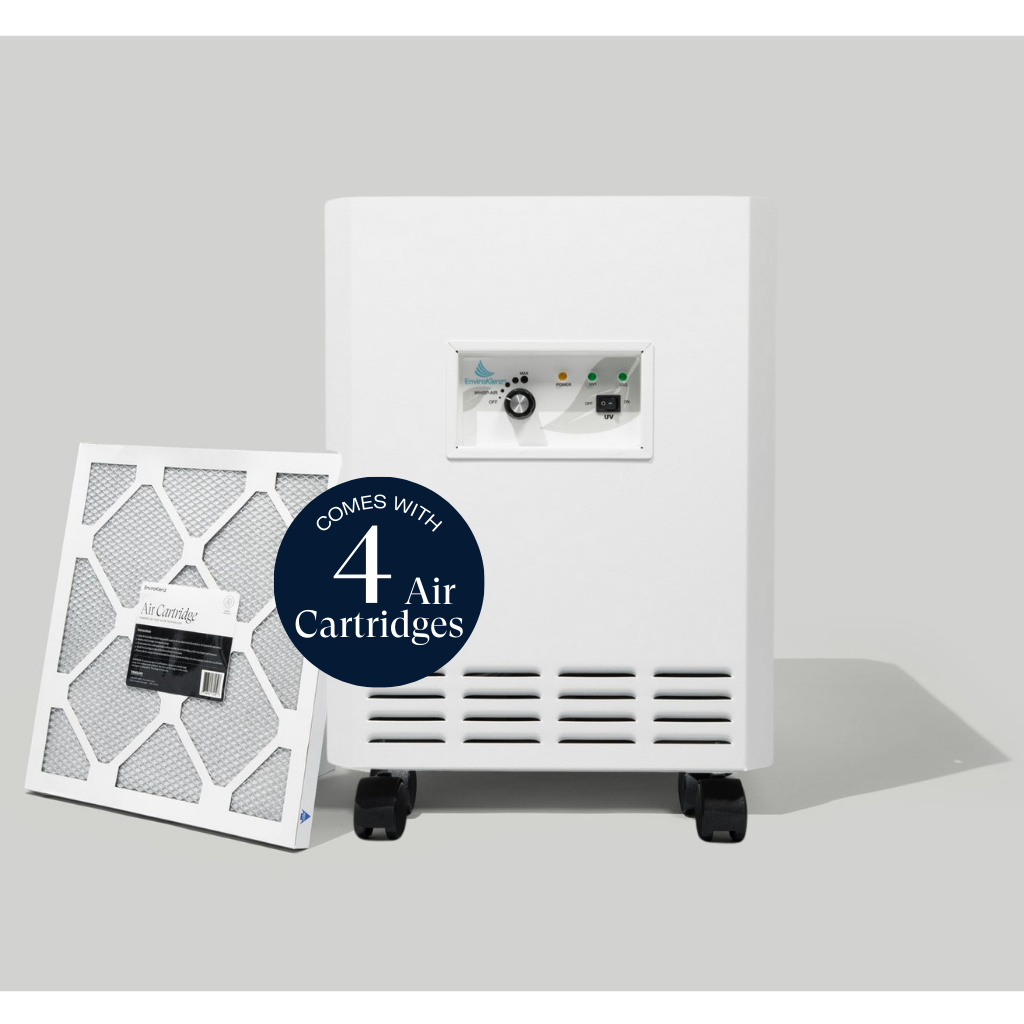So, your house smells musty, but no mold is in sight? Not all basement mold types are hazardous. However, if left untreated, indoor mold can spread to other areas of your house and eventually compromise the integrity of the building, in addition to the respiratory health of the inhabitants.
Just because not all basement mold types are dangerous doesn’t mean that you should ignore mold when you see it. The best course of action is to learn how to identify the 6 common basement mold types, how to treat them, and how to prevent them from reoccurring.
The Different Types of Mold in Your Basement
The most common types of mold infestations tend to grow in the basement because of the excess moisture, high indoor humidity during the summer, darkness, and possible water leaks.
The basement is also often ignored when it comes to regular cleaning and maintenance. That’s one of the main reasons many basements have a musty aroma. This, however, doesn’t mean that mold and mildew can only be found in the basement. There are other locations in the house, such as the walls, dark closets, and under the kitchen sink, where different types of mold can grow. With that in mind, here are the most common basement mold types.
Black Mold (Stachybotrys)
This is one of the most common types of bathroom and basement mold. It’s also one of the easiest to identify. As its name suggests, black mold is black and can be found in small or large spots on ceilings and basement walls.
You can also commonly find them in between tiles. As long as the area is damp and cool, like your basement, there’s a good chance that black mold will colonize it.
Within the Stachybotrys family of molds, Stachybotrys halonata and Chartarum are the most toxic and common. These types of mold can be found mostly indoors and even in HVAC systems. They are commonly caused by excessive moisture and can cause indoor air quality problems.
White Mold (Aspergillus)
Technically, white mold isn’t a specific type of mold. Many different species of mold tend to appear white in color. However, the most common type found in homes and basements is Aspergillus.
This type of mold is both toxigenic and allergenic, meaning that it’s harmful to your respiratory health as well as poisonous. Mostly, it appears white or mossy-green in color, making it quite easy to notice and identify.
This mold thrives in areas prone to water leaks, water-logged walls, crawlspaces, and basements. Being closely linked to respiratory problems, Aspergillus mold can be categorized as toxic or allergenic. Some species of mold within this family can create aflatoxin compounds, which have been known to encourage the growth of cancerous cells in the body.
Trichoderma
Closely linked to asthma attacks, Trichoderma is one of the most common types of mold you can find in your home and your basement. As long as the area is dark and moist, Trichoderma can grow. You can easily identify it with its distinct greenish-yellow color. It commonly appears in wispy patches.
Trichoderma spores are toxic and can cause lung infections.
Aureobasidium
Aureobasidium is a common allergenic mold typically found on walls, tile grout, and moist wallpaper. It grows aggressively, and its mold spores are closely linked to respiratory problems, skin conditions, and other infections.
This type of mold can typically be found in your kitchen or bathroom. Sometimes, it grows in the basement in case there’s water damage from leaky pipes or high humidity levels.
Ulocladium
Ulocladium looks a lot like black mold but is not quite as dangerous. This allergenic household mold is typically found in moist areas like showers, bathtubs, window trims, and your basement.
This type of mold can also be found on household appliances such as dishwashers, carpets, and washing machines. This is also the mold typically found along the rubber seals of your freezer or fridge.
Serpula Lacrymans
The Serpula lacrymans type of mold is almost exclusively tied to wooden structures. This means that it can be found both outdoors and indoors. The most common places include your basement if it has any wooden structures, the attic, and various crawl spaces. This kind of mold doesn’t exactly cause health problems in humans, but it does cause structural damage to your house.
This mold appears like mushrooms; unlike most mold types, it doesn’t need much moisture to grow. If you see mushroom-like growths on your beams, floors, or joists, it could be Serpula lacrymans. Getting rid of it quickly is important, as it might cause dry rot and completely destroy your beams.
Main Causes of Mold Growth in Basements
Mold can actually grow anywhere, but it often requires moisture and darkness. Here are some of the reasons why mold growth is often found in basements:
- Sump pump failure: This kind of failure can lead to excess water beneath the slab surface and create mold growth in a matter of days.
- Water heater issues: When a water heater leaks, it can lead to excessive moisture, which leads to mold growth.
- Bad ventilation: Poor ventilation is one of the main reasons basement mold thrives in that environment.
There are many different ways to get rid of basement mold when your house smells musty, such as with an EnviroKlenz Air System, but no mold can be easily seen. Mold removal is often the best course of action, but it can be dangerous. According to the EPA, you should always wear protective gear like gloves and an N-95 face mask before handling any kind of mold.
Mold treatment and prevention often call for even more drastic measures, such as basement waterproofing, foundation repair, and maybe even calling in a professional mold remediation team. If you can ensure adequate ventilation in your basement and fix any moisture problems, you can prevent mold growth for most basement mold types.
EnviroKlenz® Medical Disclaimer:
“Any information that is provided on this website is not for the use by any commercial or personal entity without expressed written consent of the blog author. The material and statements illustrated within this blog are not intended to diagnose, treat, cure, or prevent any diseases or medical conditions. Nor does the author in any way guarantee or validate the validity, totality, or efficacy of any claims and will therefore not be held responsible for the content of any claims. Always consult your medical physician for any specific medical advice or recommendations.”










